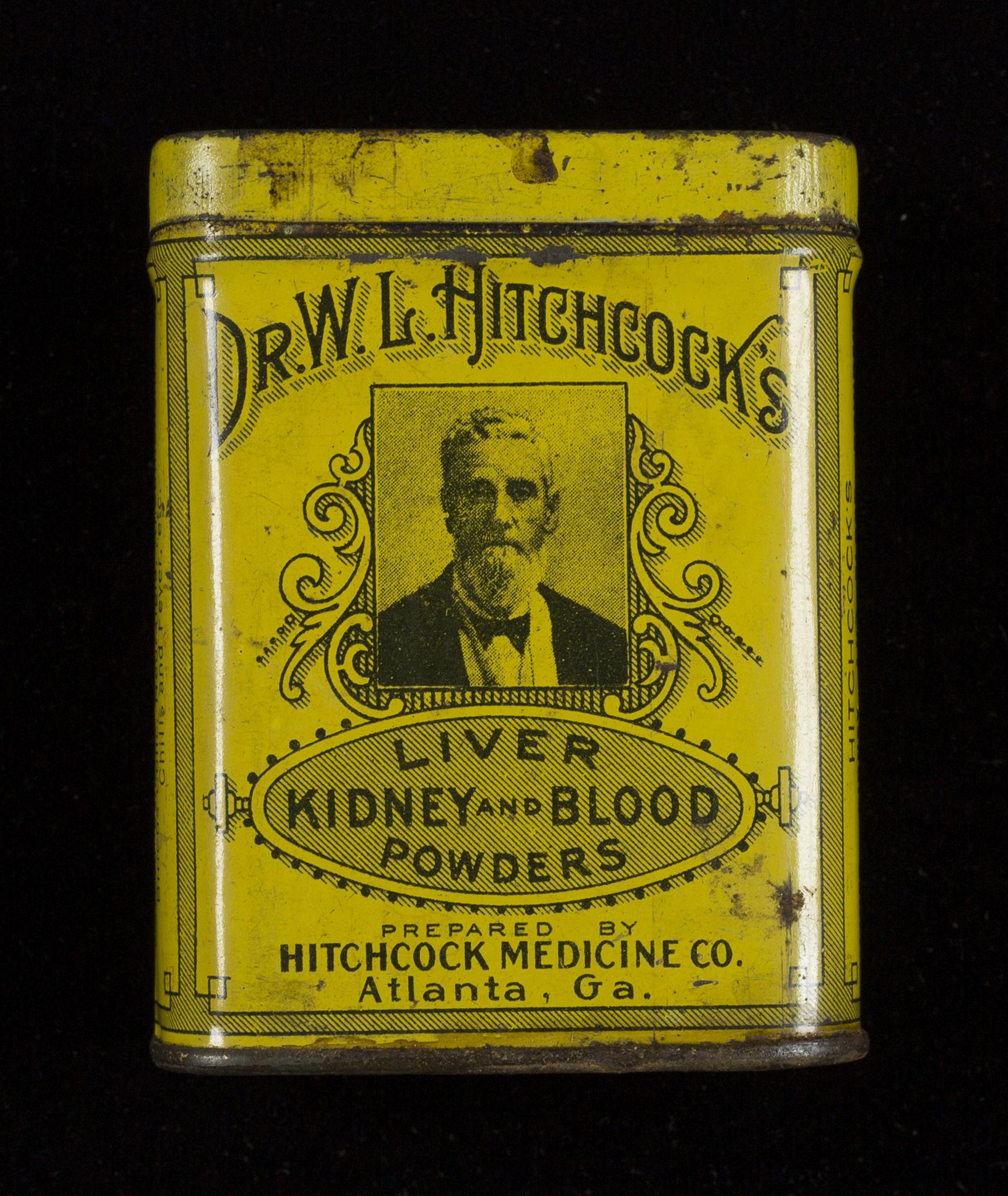Medication advertisements are everywhere! We see them on TV, printed in magazines, and appearing when we surf the web. Are you looking to treat your aching back? Or maybe, you would like to finally have a restful nights sleep? Whatever you are looking for, chances are there is an advertisement out there for a medication that might just be the answer to your problem. But can we trust what we are seeing? ![]()
When you think of drug advertisements, what comes to mind? Do you see images of healthy people living their best lives? Perhaps you recall a catchy song, or a long list of possible side effects. Maybe your curiosity is sparked, and you take to the internet to do some additional research. Drug advertising on tv, in magazines, or on the internet, referred to as Direct-to-Consumer Advertising (DTCA), is a multi-billion dollar business in the United States, and the commercials we see are designed to appeal to us in very specific ways. These commercials may be balanced and fair, or they may be biased and present a problematic claim to us as viewers.
At their best, drug ads may help to educate us or provide information we can use to speak with our health care providers. However, research has shown that up to 18% of viewers actually stop taking their medications after seeing Direct-To-Consumer Advertising due to fear of the side-effects mentioned. This can lead to dangerous situations, especially if a health care provider does not know that their patient has stopped taking an important medication.

Dr. W.L. Hitchcock's Liver, Kidney, and Blood Powders: a historical example of a medication's product packaging designed to capture the attention of the consumer. Source: The Medical Center Archives of NewYork-Presbyterian/Weill Cornell Medicine
When can you trust what a drug commercial shows you? What reliable resources can you turn to when you want to learn more? Consumer health librarians, archivists, and pharmacists from NewYork-Presbyterian/Weill Cornell Medicine have developed this website to help answer those questions, thanks to funding from the National Network of Libraries of Medicine/Mid-Atlantic Region (NNLM/MAR)!
From the “snake oils” of the 1800s to the social media platforms of today, advertisements have influenced our use of medications through a variety of methods. Explore this online workshop to learn about the history of drug advertisements, how the Food and Drug Administration (FDA) evolved, and about current topics and trends we see in modern drug advertisements. We will also highlight several free reliable online health and drug information resources you can search to learn more about the drugs you see advertised.
To help us understand more about you and what you would like to see in future web resources, we have developed the following 5-minute survey: https://weillcornell.az1.qualtrics.com/jfe/form/SV_9M2ArThqFBjgR7M. Taking this anonymous survey is completely optional. We do not ask for, nor capture any information that might allow us to identify you. If you have any questions about the survey, please contact us at: kcmages@buffalo.edu
Throughout this online experience, we have included important information, engaging videos, and educational activities. Look for the following icons to easily identify these important aspects of our Snake Oil webpage:
![]()
![]()
![]()


